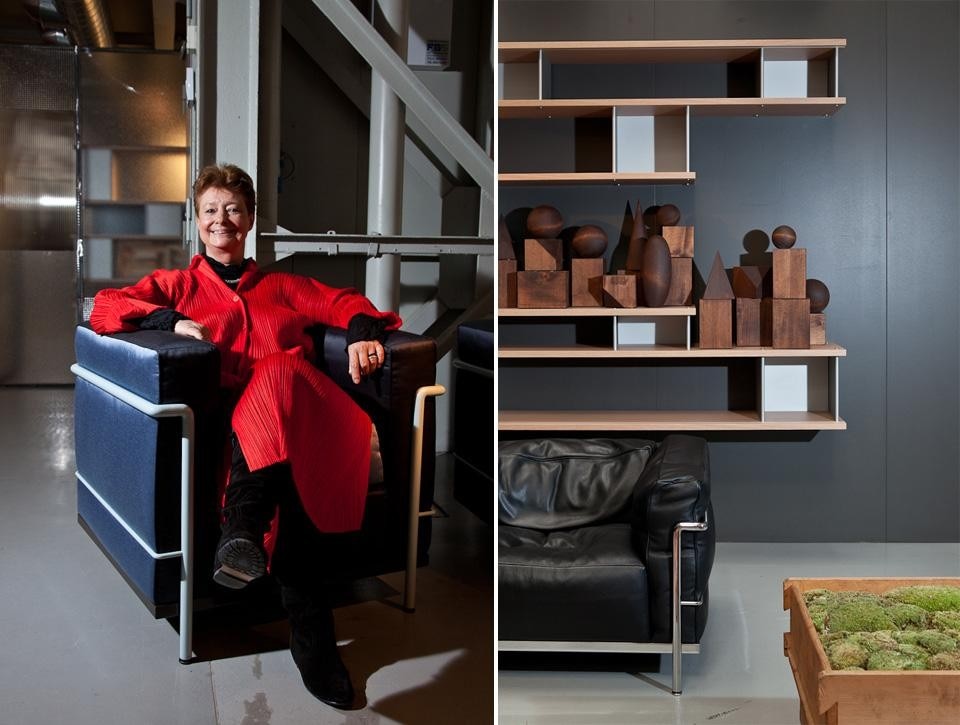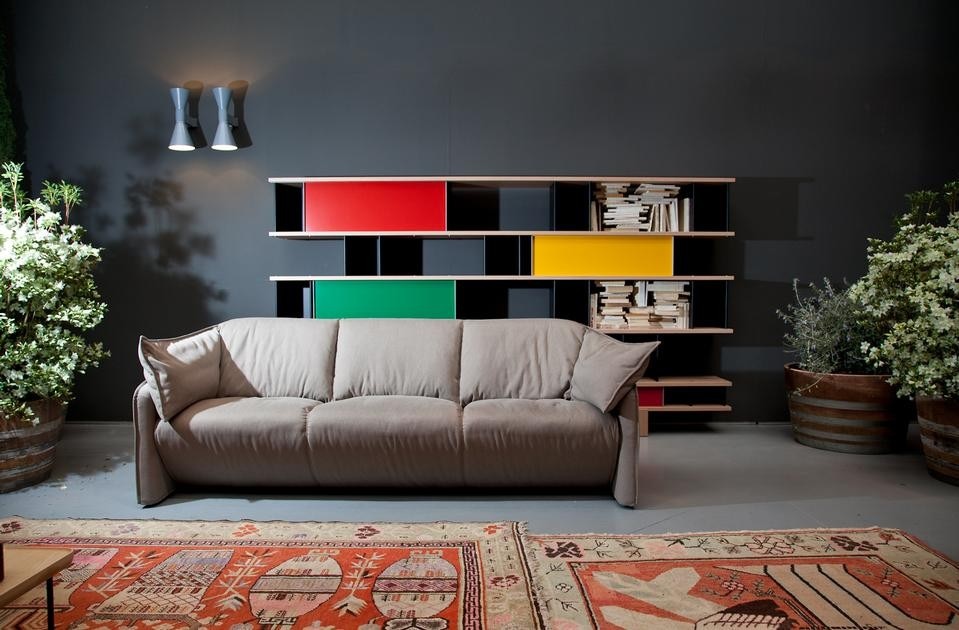Loredana Mascheroni: You worked for twenty years with your mother. You spoke a great deal about her projects and the experience she shared with some of the great 20th century architects.
Pernette Perriand: When we worked together, we didn't always talk about private life or the past but always about the projects that obsessed her because Charlotte was a perfectionist in her work. We were always involved in the present rather than in the past. Even on vacation, she almost always focused on the present and the future.
So was it to honor Charlotte's vision of the future that you sought legal protection for the authorship of her project in a long battle that has just come to an end?
Jacques Barsac: There were problems about the authorship of a piece of furniture that had been produced for fifteen years from 1956 to 1970 by Galerie Steph Simon. What is interesting is that the renowned Steph Simon, who produced all of Charlotte's bookcases, was also Jean Prouvé's producer. They two were somehow tutelary figures in this famous Parisian gallery that played such an important role in the history of design because it was the first to show Prouvé's and Perriand's pre-war modern furniture. When Prouvè was alive, he never questioned Perriand's authorship of that piece.
PP: We must also remember that Prouvé never claimed paternity of this furniture. He and my mother were always on good terms.
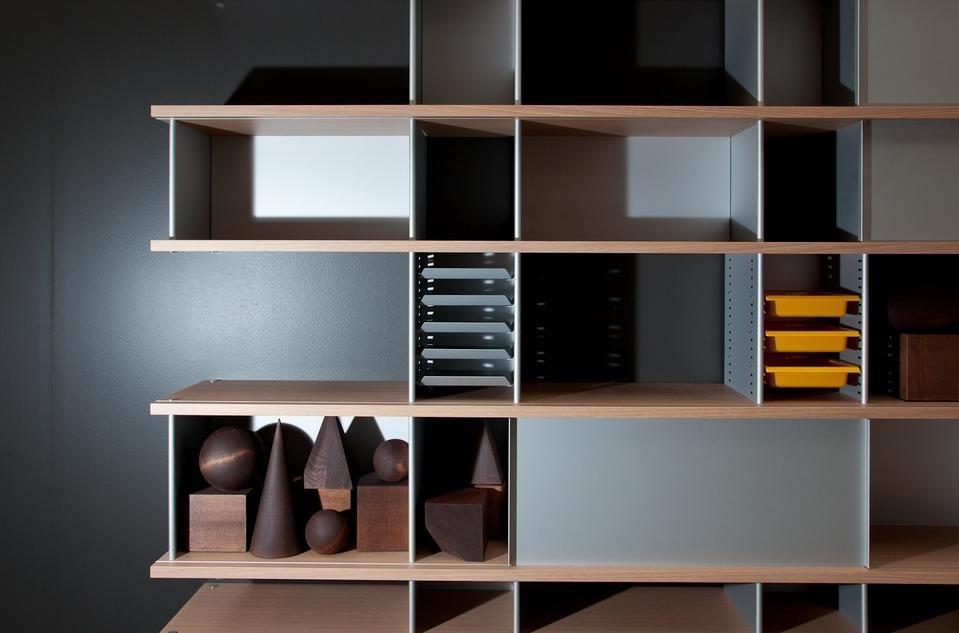
JB: After Prouvé's death, around 1985-86, some young "scavengers" — let's call them that — found some furniture at the Cité Universitaire that had not been used for over 40 years. They were in bad shape but they found them interesting, even if they didn't quite know what they were. After some research, they discovered that the furniture was manufactured by Ateliers Jean Prouvé so they took them to the then director suggesting a swap in exchange for some new furniture. They exhibited it and also sold it by saying that they were by Charlotte Perriand and Ateliers Jean Prouvé. As time went by, they realized that Jean Prouvé furniture was worth about 20% more than Charlotte's (it was 1990). These young dealers were tempted to remove the word Ateliers from the credits and leave the names of the two designers. In fact, Ateliers Jean Prouvé was the factory that produced Charlotte's first pieces of furniture. The plant was so large and challenging to manage that Prouvé signed a collaboration agreement with Charlotte; besides being able to produce her furniture, in 1952 she was also charged with improving the aesthetics of Prouvé's work and producing new furniture as well as directing the furniture department.
Going back to 1990, these young people began to sell the furniture in Paris, New York and elsewhere maintaining that they were by Prouvé and Charlotte. Historians, who often are not very serious, took those words at face value without checking their facts. Charlotte immediately started to protest; that furniture had been produced for fifteen years under her name! She began writing to the dealers but fifty years after its creation and fifteen years after Prouvé's death, many books in circulation carried this false information; these books were used by the dealers as evidence to support their case in court. The dealers became richer and lent and donated some of the furniture to museums... all the documents and acts of ownership relating to the furniture showed both architects as authors. At that point it was too late, or too awkward, to admit that they were wrong. That truth would also have caused economic problems.
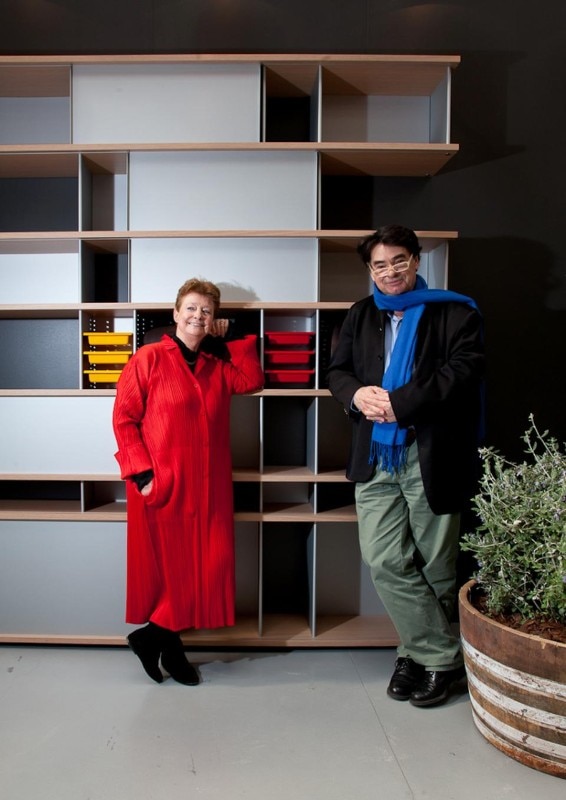
JB: The Prouvé family had been convinced — certainly in good faith — by dealers from all over the world that it was also Prouvé furniture and they endorsed this version. At that point, we decided to go to court and we won the first and second trials. Since the third go-round will concern procedural flaws, I don't think the case will reach the Court of Cassation. They had only recent articles and catalogues as evidence... not documents. We had very extensive certified documentation. The drawings show that the Ateliers was the manufacturer and refer to Charlotte's drawings.
PP: Charlotte was a remarkable person who never wanted to steal from anyone. She didn't deserve this kind of treatment. I will fight this to the end to defend her work. Justice has confirmed the rights that she had for fifty years.
Charlotte was a remarkable person who never wanted to steal from anyone. She didn't deserve this kind of treatment. I will fight this to the end to defend her work. Justice has confirmed the rights that she had for fifty years
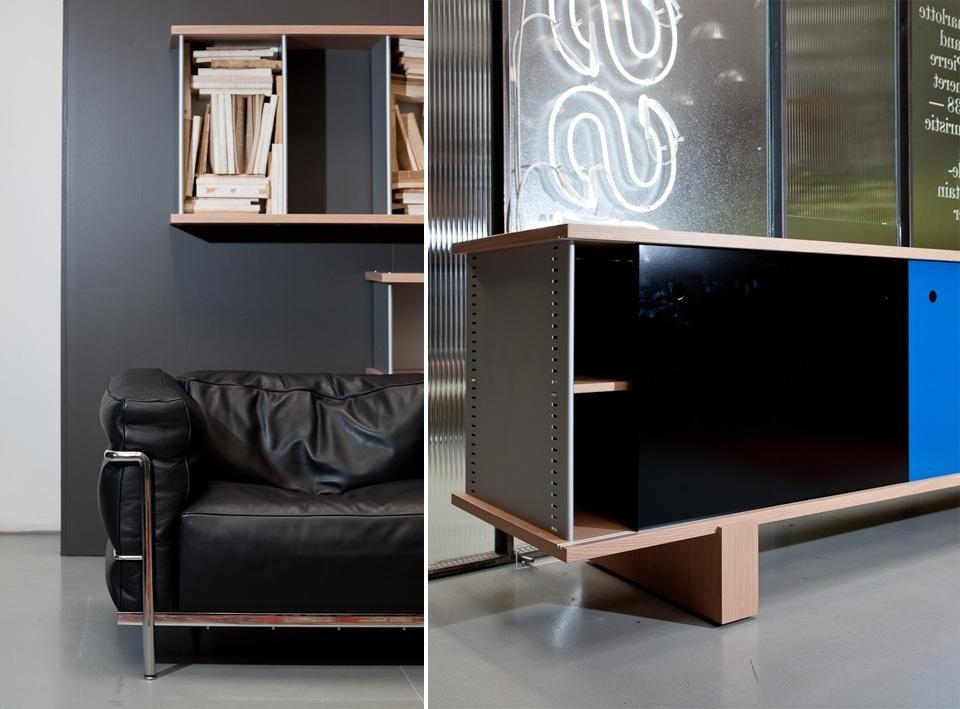
PP: Charlotte gave her whole life for her copyright to be recognized.
JB: I think the tendency to deny or usurp authorship of a project is tragic for everyone even for those who do not respect it. It is also known that most copiers of Italian furniture are Mafia-backed. Why defend them? They don't respect authors' rights and indiscriminate copying takes space away from other authors indirectly.
PP: Charlotte condemned the copiers and told them to invest more in the creativity of young people. When she created her first pieces with Le Corbusier and Jeanneret, she was poor in material things. Pernette's grandmother financed the production of the prototypes. The young people who worked at the Ateliers were not paid; to earn a living they were employed in Le Corbusier's office before or after working hours. And don't forget that the furniture wasn't successful in the 1930s and '40s; only sixty or seventy pieces of the famous chaise longue were produced.
The money from the Cassina reissues allowed Charlotte to live and write books, to organize exhibits and keep the memory of her work alive, maintaining the archives. Cassina works a great deal with the foundations and does an amazing job of defending the work of the authors which is also the defence of quality.
JB: I sometimes think that end users are unaware of what is behind the creation of an object. Manufacturers invest heavily to create furniture; hundreds of hours are spent working on prototypes that are discarded just to start all over again. Once a piece is developed, it is easy to copy but the thousands of hours of work on the original must be paid for by the original manufacturer.
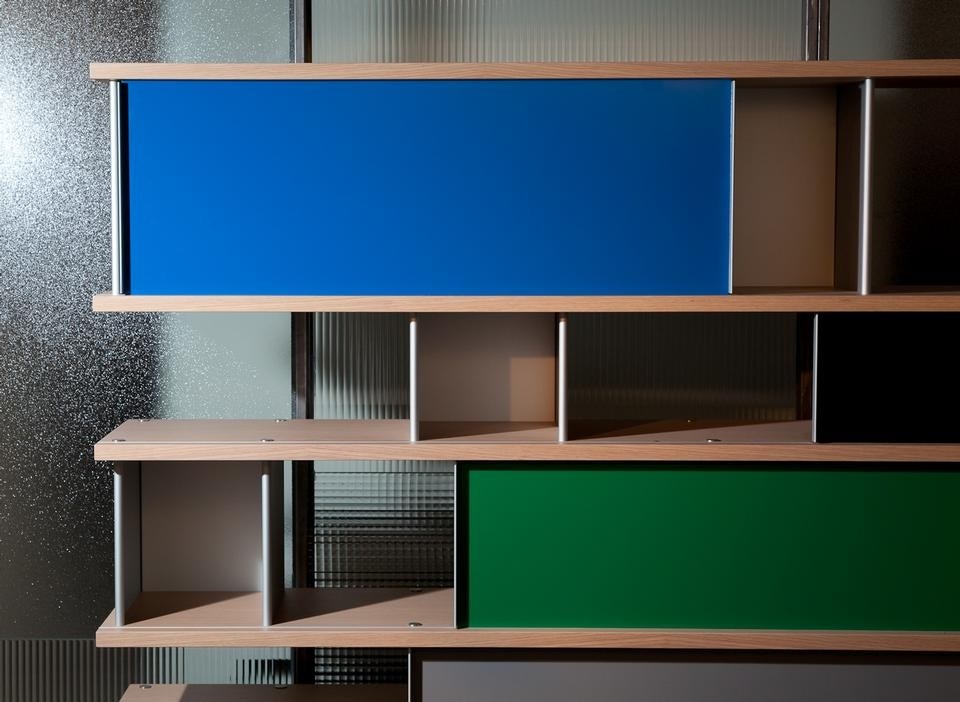
PP: It includes 35 models: Bahuts (credenzas), Rangements (freestanding), Bibliothèques épis, Bibliothèques murales (wall-hung), Bibliothèques asymétriques. There is a distinction between two models in the family: one in which the metal joints are on the same plane and the other in which they are staggered.
JB: This is a very large family where there are many girl and boy cousins who can also dress in different colors established by Charlotte who always had a color-combination concept in mind. We have a letter on file in which she indicates color choices to match her clothes. She planned it all. Using five elements, she was able to obtain 25 different "outfits."
PP: She had an idea of harmony and rules. Her conceptual approach was extraordinary; she could obtain different results starting from the same elements. The width and size of the bookshelves are all different depending on what kind of book was to be placed in them: large collectors' books, small books, files. Everything has meaning and nothing is gratuitous. There is also a radio version of the Nuage bookcase with built-in speakers dating from 1956. It was a real trailblazer.
